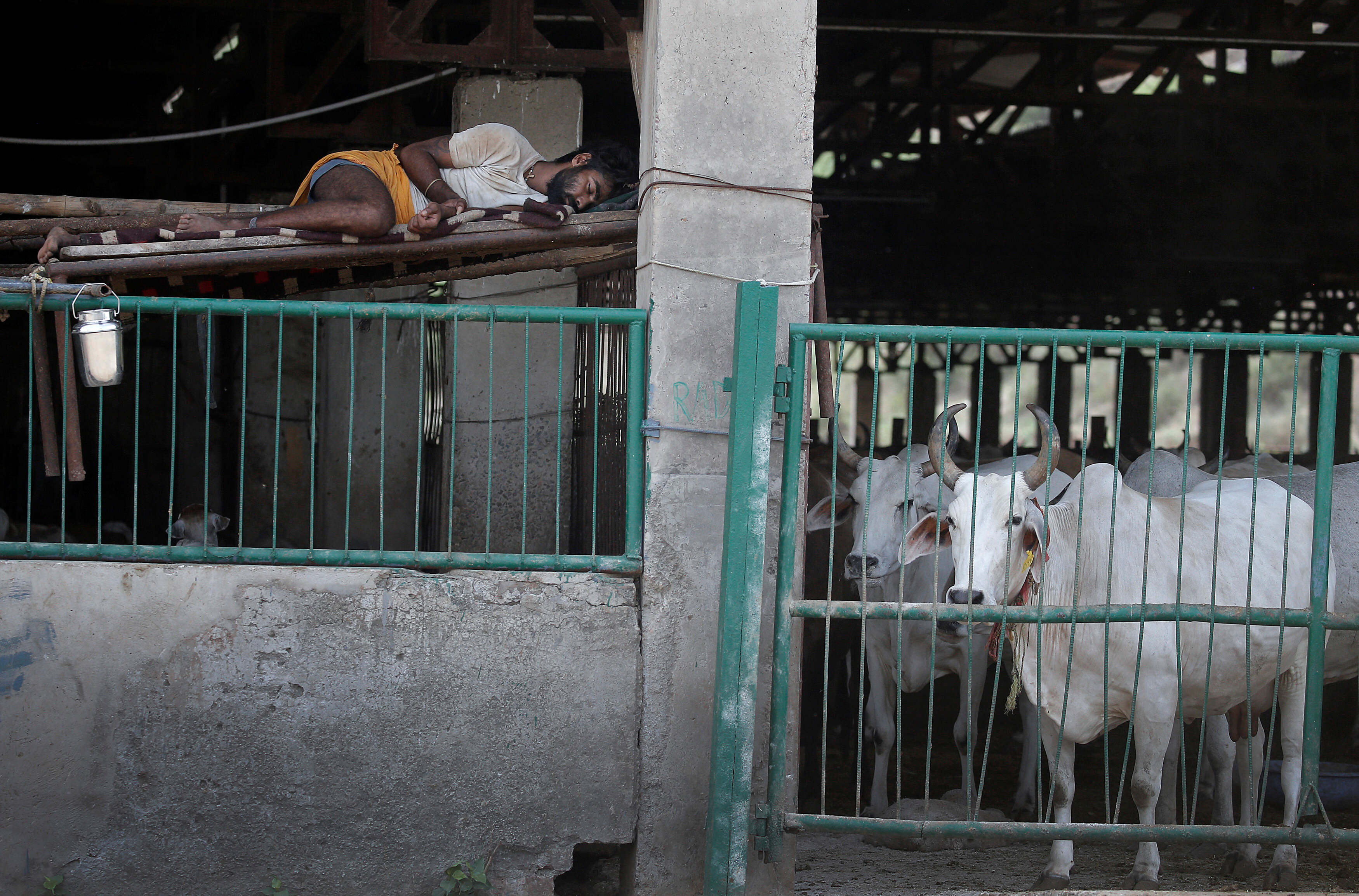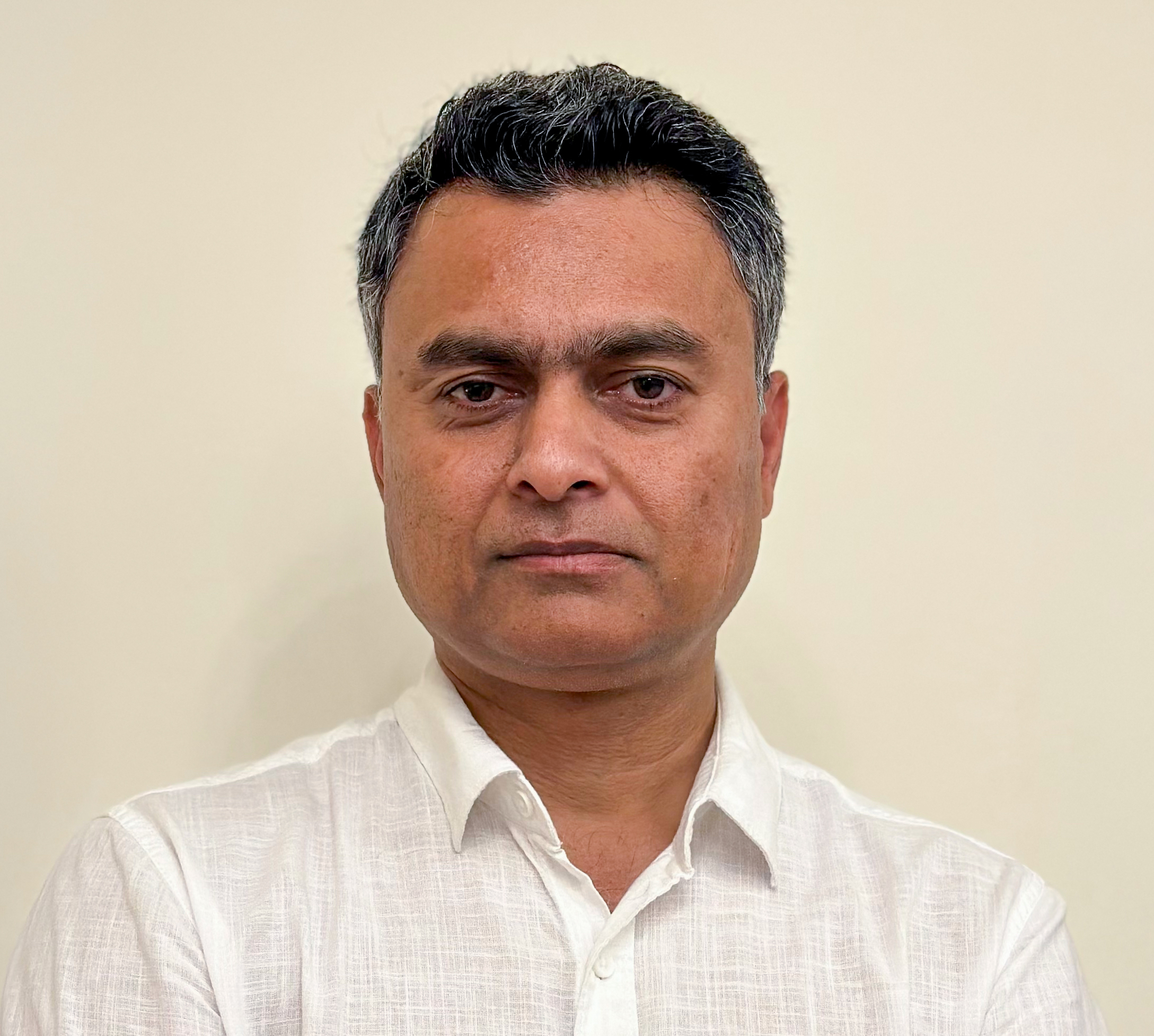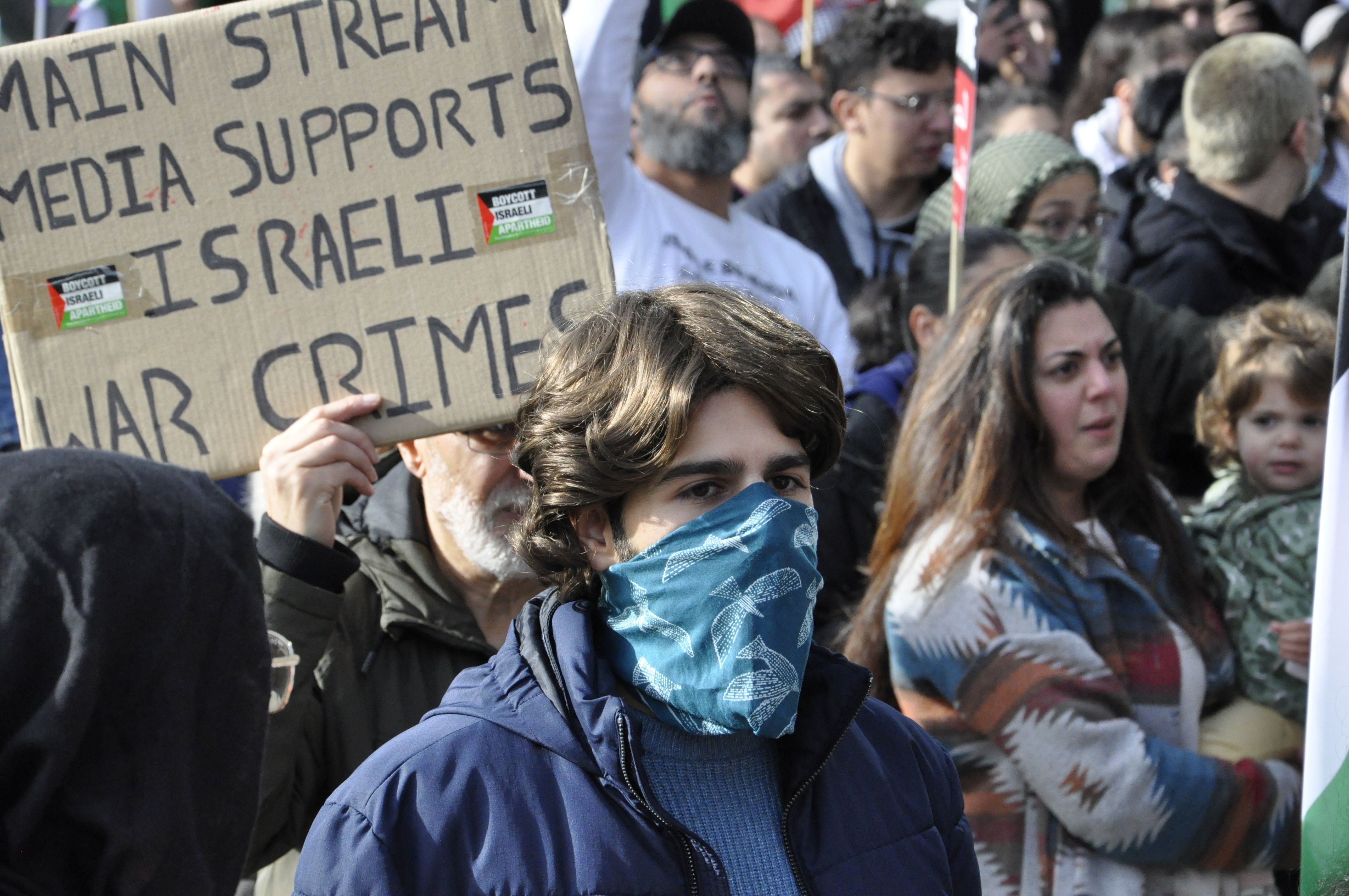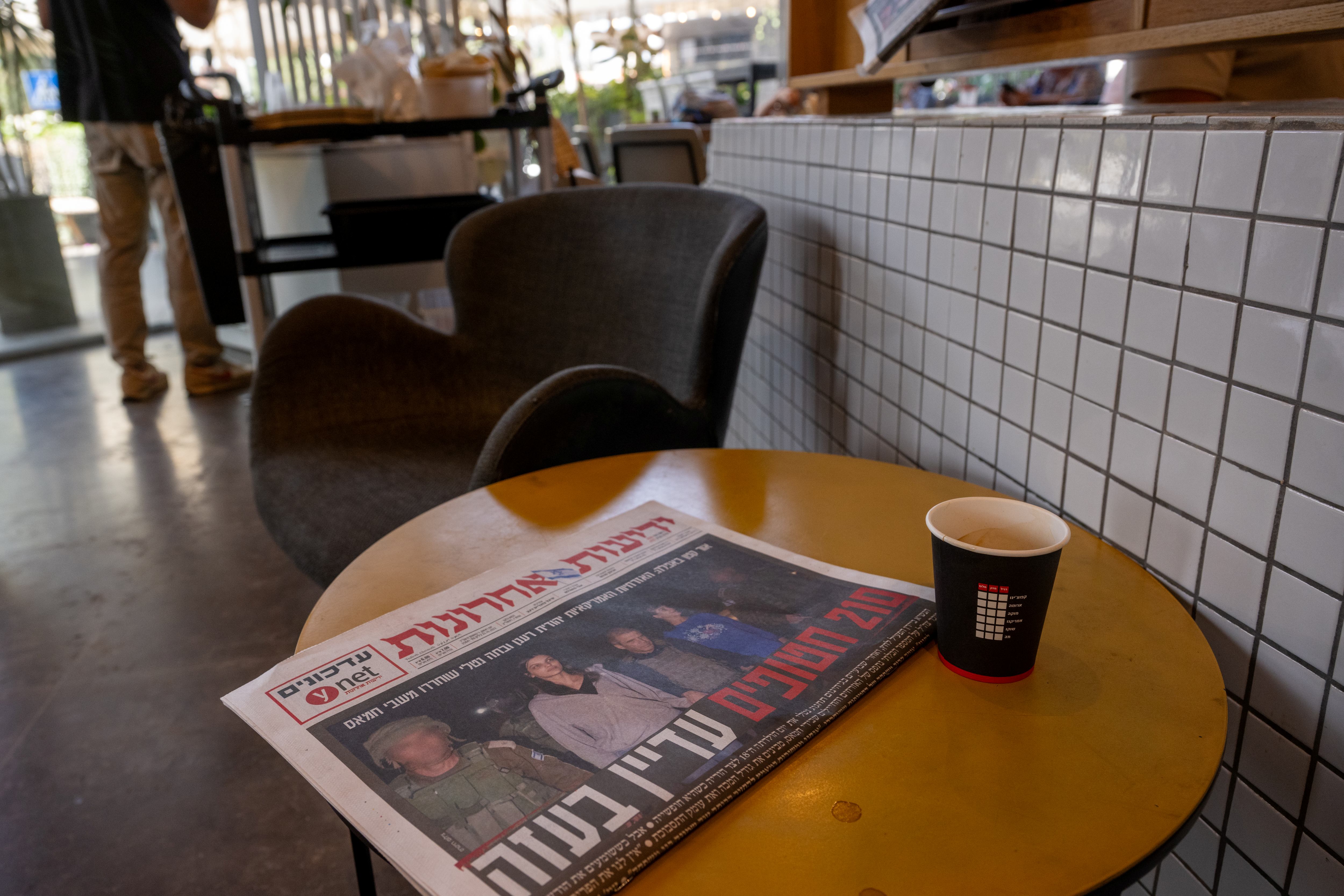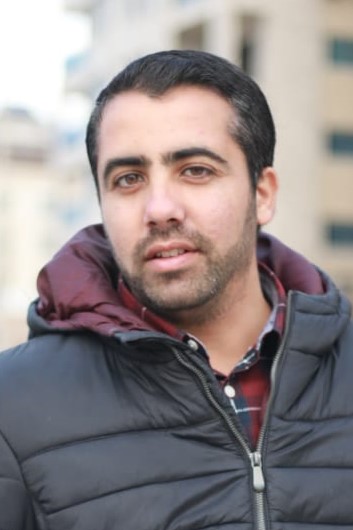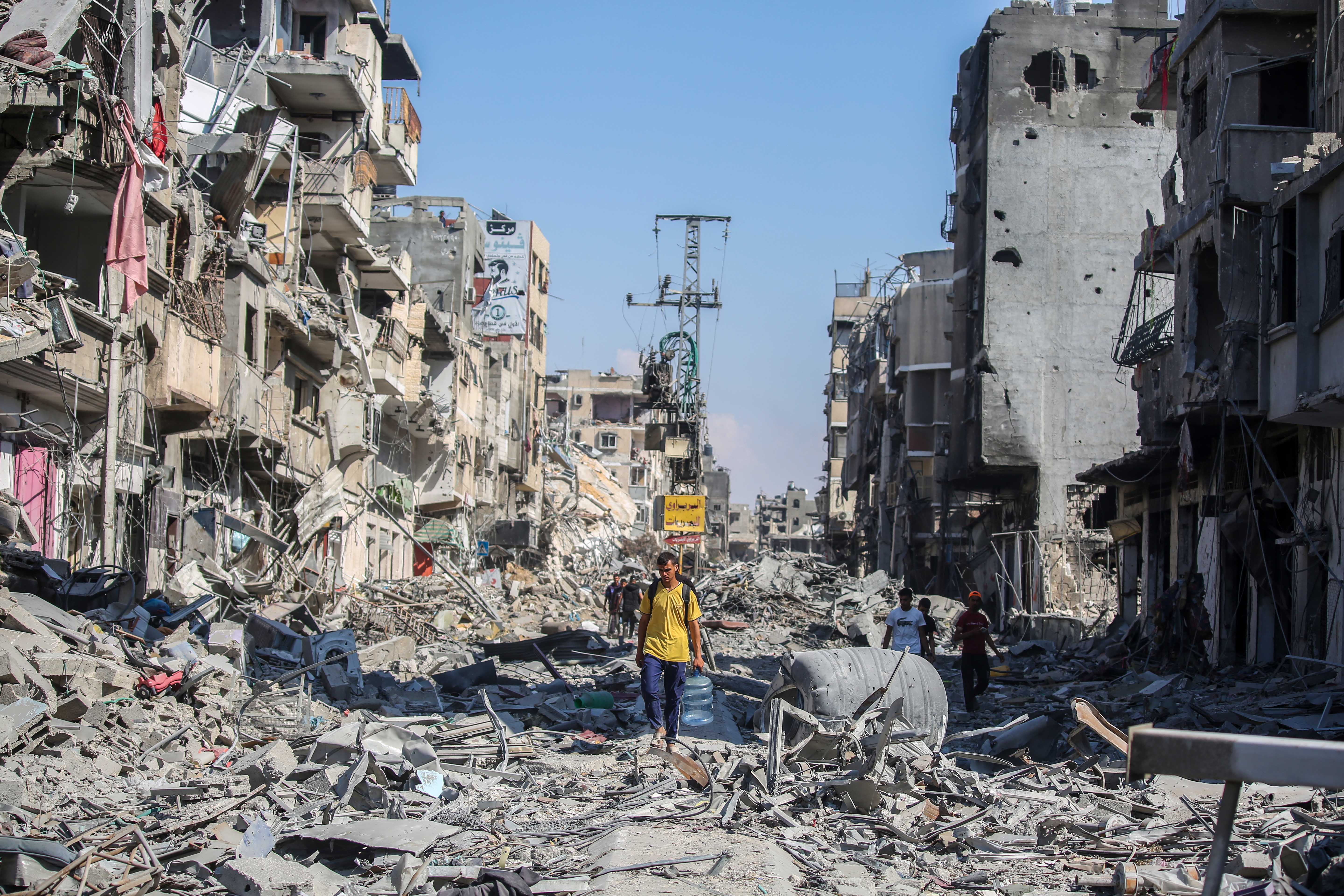On the evening of August 23, a 19-year-old boy went out on a joyride with his friends in Faridabad district located south of India’s capital New Delhi. But hours later his father got a call that his son was killed after cow vigilantes fired at the Renault Duster car in which he was travelling.
The lynching of Aryan Mishra caused outrage in India, with media running wall-to-wall coverage for days, showing empathy with the victim’s family and questioning authorities for allowing cow vigilantes to take the law into their own hands.
“It took the cold-blooded murder of 19-year-old #AryanMishra by Gau Rakshaks [cow vigilantes] to shake our conscience & open our eyes to the daily terror that these Nar Bhakshaks [human killers] have started to create,” Akash Banerjee, who runs political satire handle @TheDeshBhakt, posted on X.

Four days later, another man, Sabir Malik, was lynched in Charkhi Dadri some 170km (100 miles) west of Faridabad, again by cow vigilantes over beef-eating allegations. Sabir’s body was found dumped in a canal. But the news of the 22-year-old Muslim man’s lynching did not make it to the headlines, nor did it shake the conscience of the public. Sabir’s death became yet another statistic on lynchings. The stark difference in the media response to the two lynchings, campaigners and media watchers say, reflects the anti-Muslim bias that has deepened under the Hindu nationalist Bharatiya Janata Party (BJP) government.
Dozens of Muslims have been lynched on mere suspicion of beef eating or cow slaughter since the BJP came to power in 2014. Over the years, the news of lynchings fell off media’s radar - until a Hindu boy was killed late last August.
The Hindi language news channels in particular showed empathy with Aryan’s parents, allowing them to express their grief and personal loss. Some reports highlighted the family’s economic status and how they would overcome the loss of their young son.
Siya Nand Mishra, father of Aryan, told local media that the alleged cow vigilante named, Anil Kaushik, said to him that he regretted killing a Hindu boy. Kaushik is in police custody along with four others, in connection with the killing. Siya Nand and Uma, Aryan’s parents, however, said that killing an innocent person was wrong. "They shot my son thinking he was a Muslim. Are Muslims not humans, Are they not our brothers? Why would you kill a Muslim? Muslims protect us," Uma said.
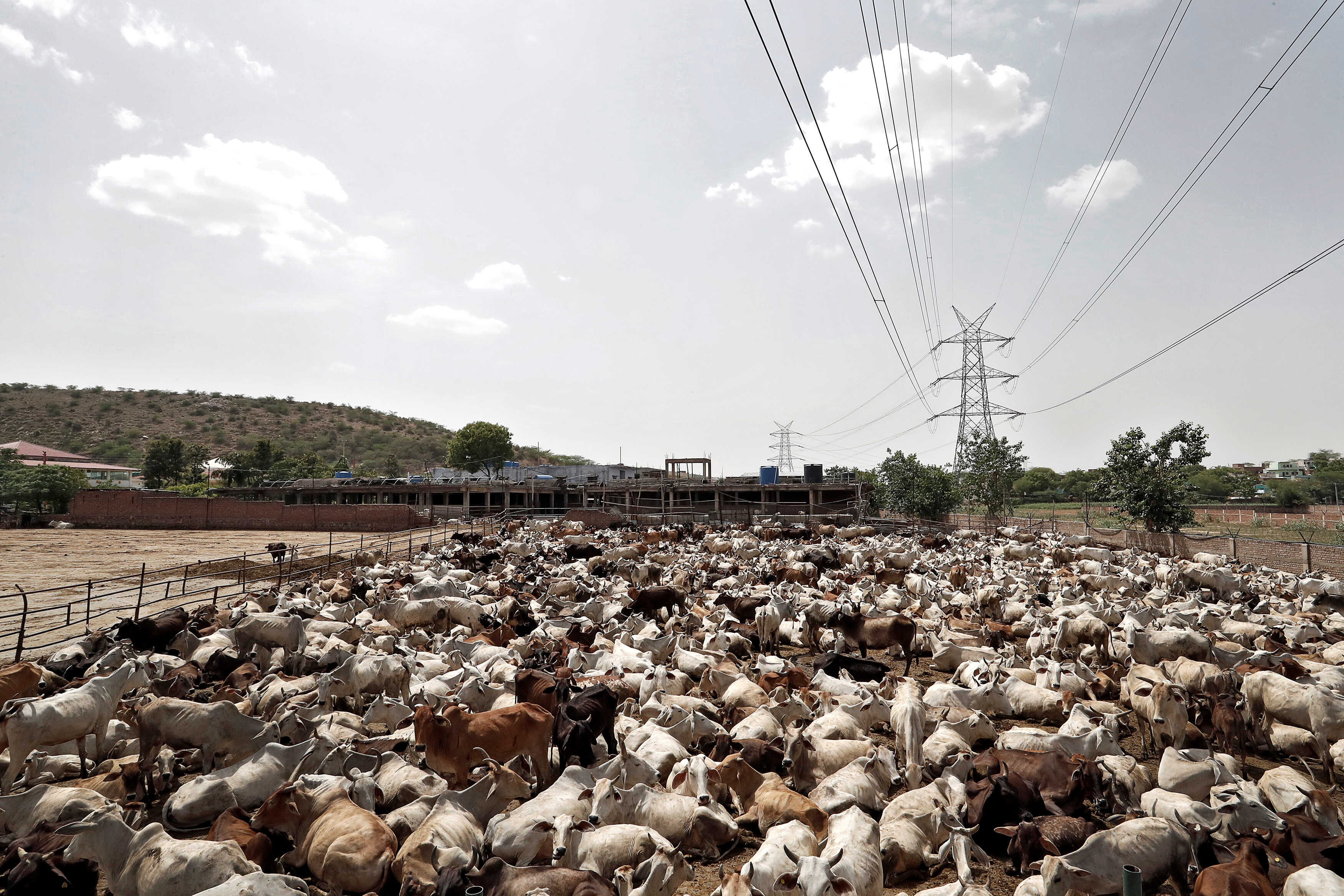
A reporter from the Times Now news channel emphasized the innocence of Aryan, but at the same time repeated the Hindu far-right narrative of cow smuggling in the area. “Cow vigilantes carry illegal weapons, which is something the police would have been aware of. But they woke up after the death of an innocent man,” Priyank, a reporter with Times Now news channel, said, referring to the nexus between the police and cow vigilantes.
Muslims in the region have been engaged in cattle rearing and trade for generations. But the cattle trade has been weaponized against them as the BJP has used cow protection as a political tool.
On the Hindi language Aaj Tak channel, two presenters wondered how cow vigilantes, who work as police informers, can take the law into their own hands. “This system is wrong. If cow smuggling is happening or any crimes is happening, it’s the responsibility of the police, not the cow vigilantes. There should be a proper investigation into this,” the presenters said during the discussion.
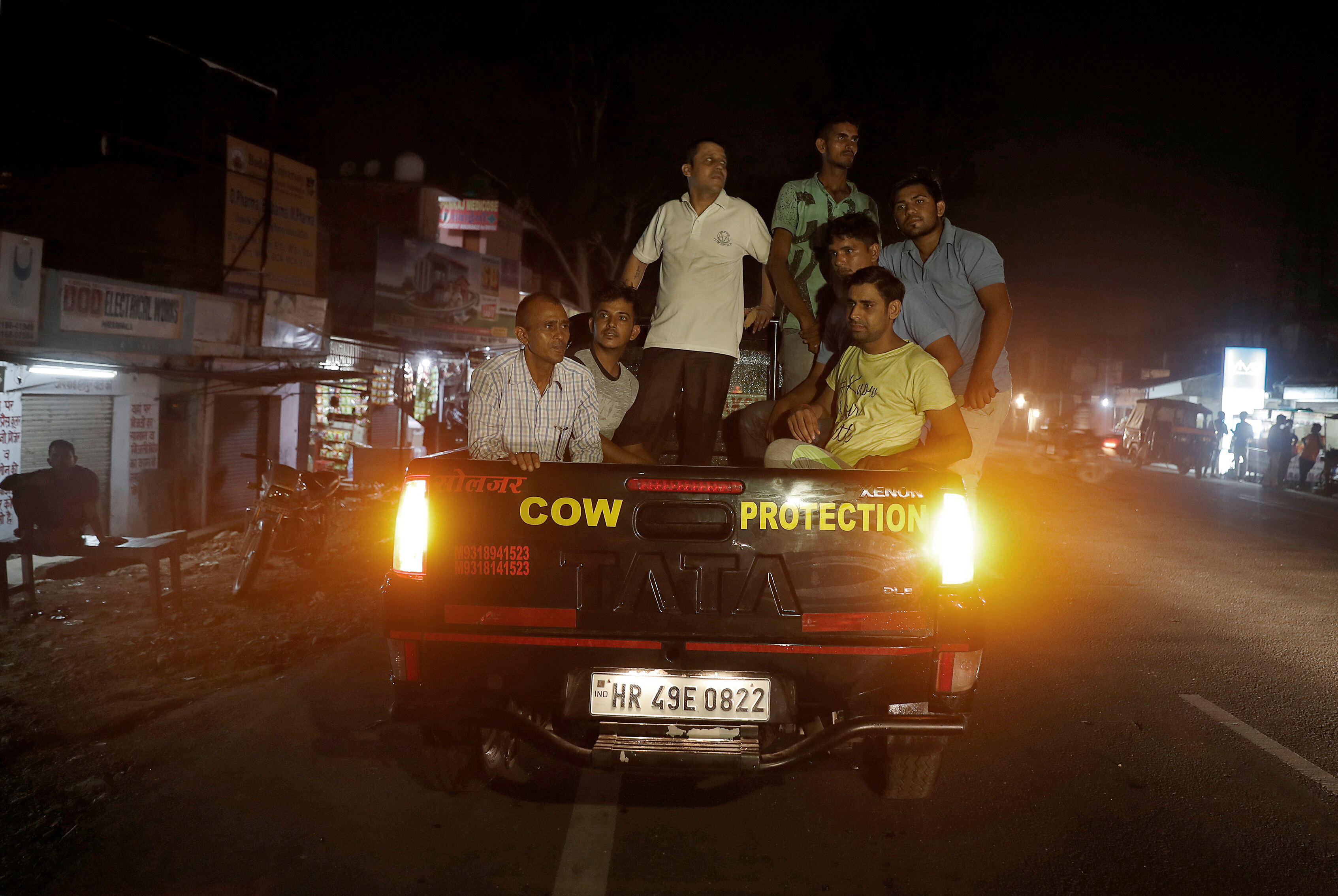
Cow vigilantes have increasingly taken it upon themselves to enforce stringent cow protection laws, particularly in BJP-ruled states such as Haryana. Last year, two Muslim youths – Junaid and Nassir - were abducted and allegedly burnt alive by cow vigilantes over allegations of cow theft. Monu Manesar, who was named in the killing, was a member of the paramilitary organization, Bajrang Dal, linked to the ruling BJP.
Mohammed Ali, a journalist based in New Delhi, says the killing of the Hindu boy totally changed the way the mainstream media, including the Hindi press, responded. “The media actually cared to question the idea of lynchings by cow vigilantes,” Ali told Al Jazeera. “Muslim lives do not matter in this country," he said, pointing out the silence of the political class against the atrocities against India’s largest minority.
Sabir’s Lynching Goes Unnoticed
On the other hand, Sabir’s killing was reported by only a few media organisations. One of the reports by journalists Kaushik Raj and Srishti Jaswal for article-14.com brings out the tragedy that befell on the family and how migrants live under constant threat from cow vigilantes. Sabir, who was from West Bengal state in eastern India, worked as a scrap dealer. He lived in a hut in Hansawas Khurd village with his two-year daughter and wife. “We went there for a better life, but that place snatched my husband. I felt scared for my daughter,” Shakina Malik, Shabir’s wife, was quoted as saying in the article-14.com piece. She has since been forced to return to her native village in West Bengal.
However, Haryana Chief Minister Nayab Singh Saini was more bothered by the media’s use of the term “mob lynching” rather than the killing itself. "It is not right to say things like mob lynching, because a strict law has been made in the Assembly for cow protection and there is no compromise on it," he said. He added that these “incidents are unfortunate."
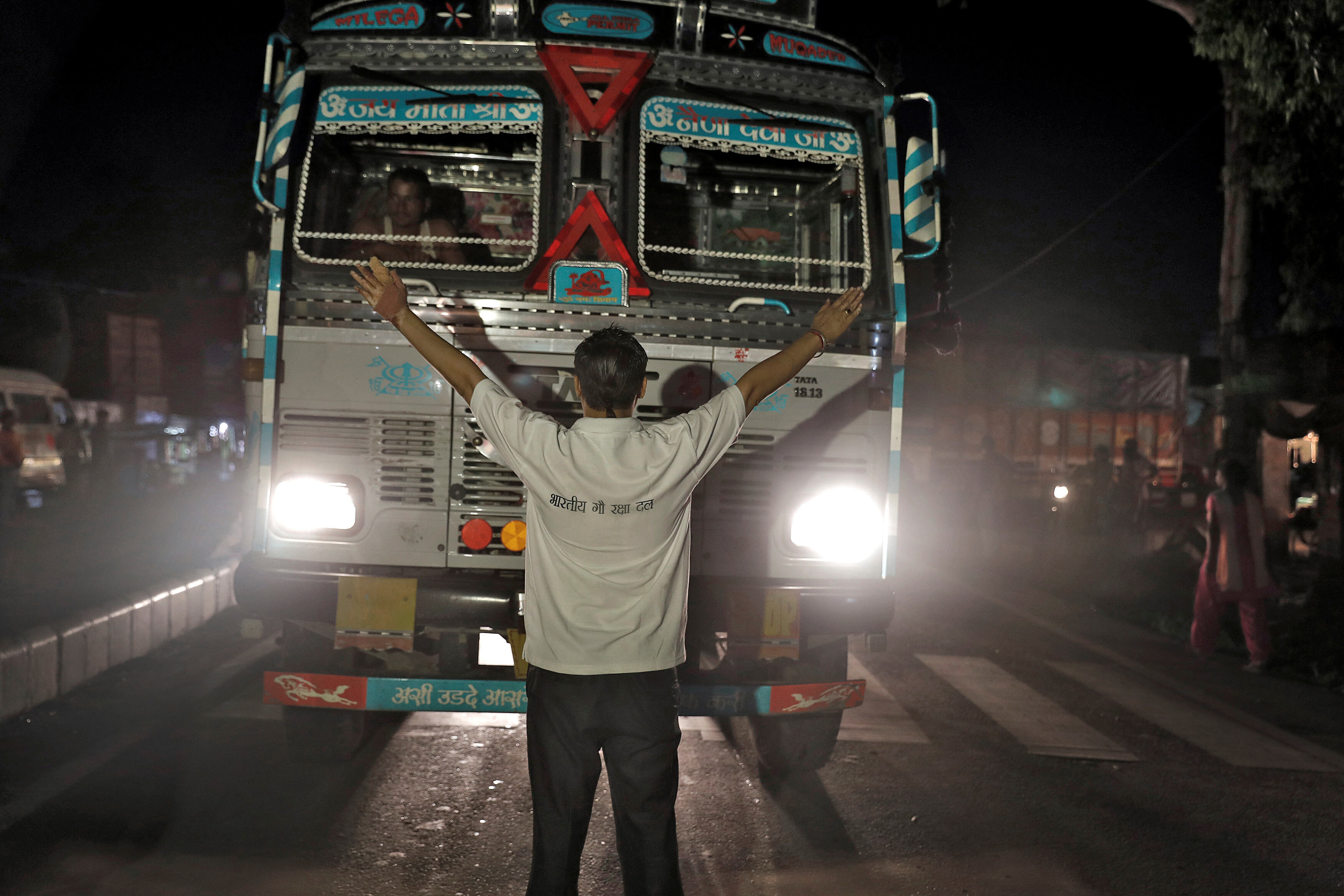
At least five people have been arrested in connection with the brutal killing that has forced many migrants to leave Haryana. Police on October 25 said a lab report showed that the meat was not beef.
Srishti says there is a class angle too to the story. “These are some of the most vulnerable people, who don't have the means to retaliate or the physical means to protect themselves,” she says.
“Most people in Charkhi Dadri were forced to migrate in search of livelihood and live in shanties with almost no basic amenities. And in the middle of all these things, something so horrific happened to them,” she told Al Jazeera, adding that Kaushik, the lead writer of the report, has been doggedly reporting on lynching cases.
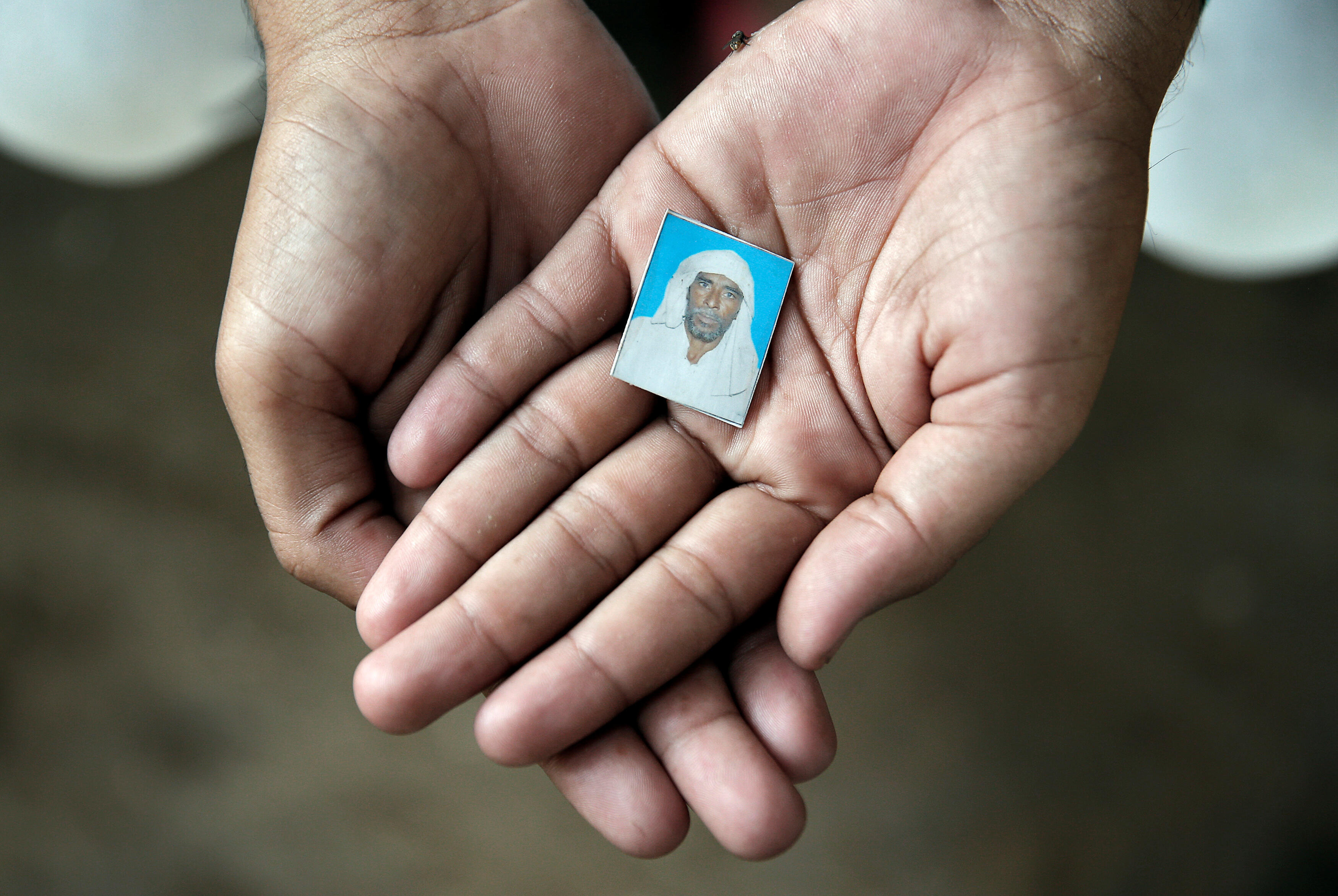
But non-profit websites such as article-14.com, scroll.in thewire.in etc. do not have a big budget as compared to the corporate media. “We hardly got any sort of payment for the report. It’s our passion that has kept us going,” Srishti says. Mainstream media, she says, wouldn't want to cover a victim who is a Muslim. “They wouldn't want to show the oppressor as a Hindu. They wouldn't want to show that in this country Muslims are facing atrocities.” Srishti explained that “they're aligned with the ideology of the ruling BJP and its ideological parent Rashtriya Swayamsevak Sangh (RSS), which imagines India as a Hindu nation instead of a diverse and heterogeneous nation with different faiths, cultures and traditions.
The ideological project of the state, in this case Hindu nationalism, is largely endorsed by the national public,” he says, adding that “the national media is the voice of the national public.
Portrayal of Muslims in Media
A section of Indian media has also been accused of demonizing the minority community and peddling Islamophobia.
Ali says the mainstream media have helped build an image of Muslims, who attack Hindus and disrespect their symbols, faith, temples etc. “And it has its consequences, a large population of Hindus now look at Muslims with suspicion because of their portrayal as rapists, people who molest Hindu women, people who are criminals, gangsters and lawbreakers. “They see Muslims as a security threat,” he tells Al Jazeera.
Ali covered one of India’s first lynchings back in 2015. Mohammed Akhlaq was lynched in a village in northern Uttar Pradesh over rumours of beef eating. “When the news of Akhlaque's lynching broke out there was a shock among the urban audience. The shock was something, which defined people’s and media’s reactions to it,” he says and adds “But over the years, lynching has been normalized.”
The right-wing ideology, in which hatred, otherization, demonization of the other community is inherent, are in positions that inform the national public.
“Today the media reporting has radically changed. Cases of lynchings do not even make it to the front pages of the print newspapers in New Delhi or subject of debate on prime-time TV. It's relegated to the inside pages and worst it doesn't get reported at all.”
The corporate media largely toes the government line, while journalists critical of the government face harassment. In some cases, foreign journalists have been forced to leave or their visas rejected for their critical reporting of the government. As a result, India slipped in the press freedom index, ranking 159 out of 180 countries in 2024, according to the media watchdog Reporters Without Borders.
What is Behind the Media Bias?
How can the exclusion of the marginalised people from media news agendas be explained?
Ali points to the structural issues in the media. People from the marginalized sections of society have negligible representation in the mainstream media, he says. “No major news organization in the country has a Dalit or Muslim editor,” Ali says. Hence issues facing the marginalised fall off the news agenda, he says.
However, Professor Tanweer Fazal from the University of Hyderabad in India, says: “The anti-Muslim narrative is being fed not simply because of media’s social constitution, but also the way in which the national public is constituted.”
“The right-wing ideology, in which hatred, otherization, demonization of the other community is inherent, are in positions that inform the national public. I try to understand it in the context of a triadic relationship between a marginal group (primarily Muslims), the state and the national public,” Fazal, who is also the author of the book Practices of State: Muslims, law and violence in India, tells Al Jazeera.
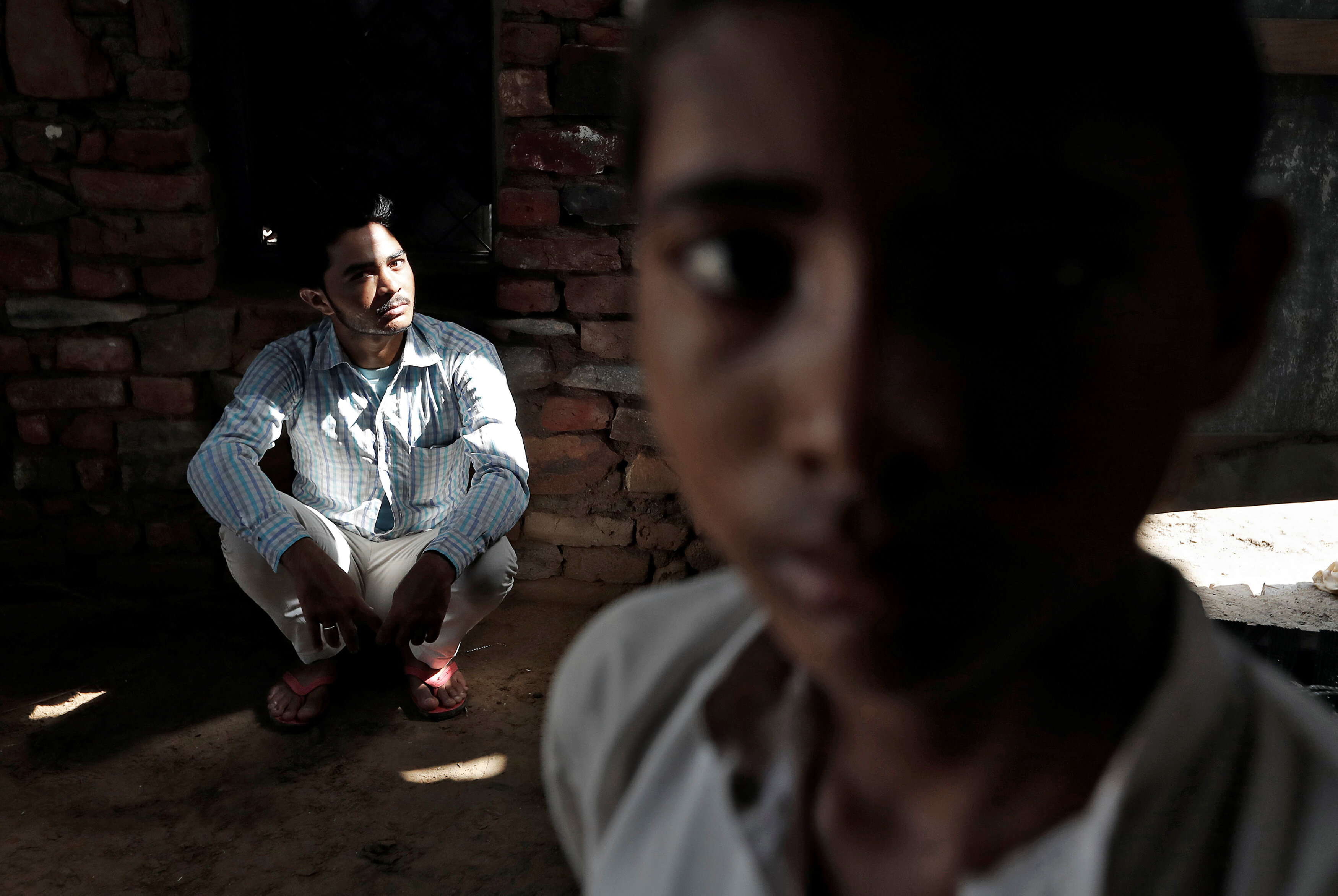
“The ideological project of the state, in this case Hindu nationalism, is largely endorsed by the national public,” he says, adding that “the national media is the voice of the national public." The national media, Fazal says, plays a role in running the Hindu far-right imagery of Muslims as beef eaters, criminals, fearful characters, “terrorists” etc.
“When Muslims are killed in encounters [extrajudicial killings] or lynchings in India, the media does not use its own critical inquiry and instead goes along with or contributes to the production of a kind of narrative set by the state,” he says.
Srishti, the young journalist from India, says journalists should abide by clear principles of journalism and not fall prey to political pressure or political greed. “If there is a mistake, there should be a proper correction, there should be an apology.” She adds, “I think journalists should be punished for actively peddling hate against any group. There is a need for a discussion on policy changes on how to improve media as the current regulatory framework does not seem to work.”
